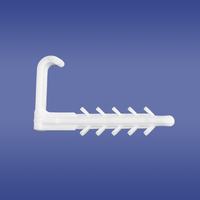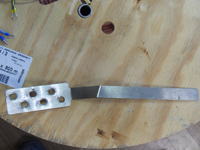Hello,
What is the best way to fix the ydyp 3x1.5-2.5 cables to the wall of aerated concrete? There are such plastic holders, but are they suitable for laying wires in bk ?. I have seen a method for plates with a pin and papiak, will it work when attaching to the bk?
I think I'm looking bad, because I found only something like this on Allegro http://allegro.pl/uchwyc-aluminiowy-40x10mm-usmp-blaszki-do-gwozdzi-i6035861908.html
Are there any other better ways to make the wires fit nicely to the walls and not fall off?
What is the best way to fix the ydyp 3x1.5-2.5 cables to the wall of aerated concrete? There are such plastic holders, but are they suitable for laying wires in bk ?. I have seen a method for plates with a pin and papiak, will it work when attaching to the bk?
I think I'm looking bad, because I found only something like this on Allegro http://allegro.pl/uchwyc-aluminiowy-40x10mm-usmp-blaszki-do-gwozdzi-i6035861908.html
Are there any other better ways to make the wires fit nicely to the walls and not fall off?








